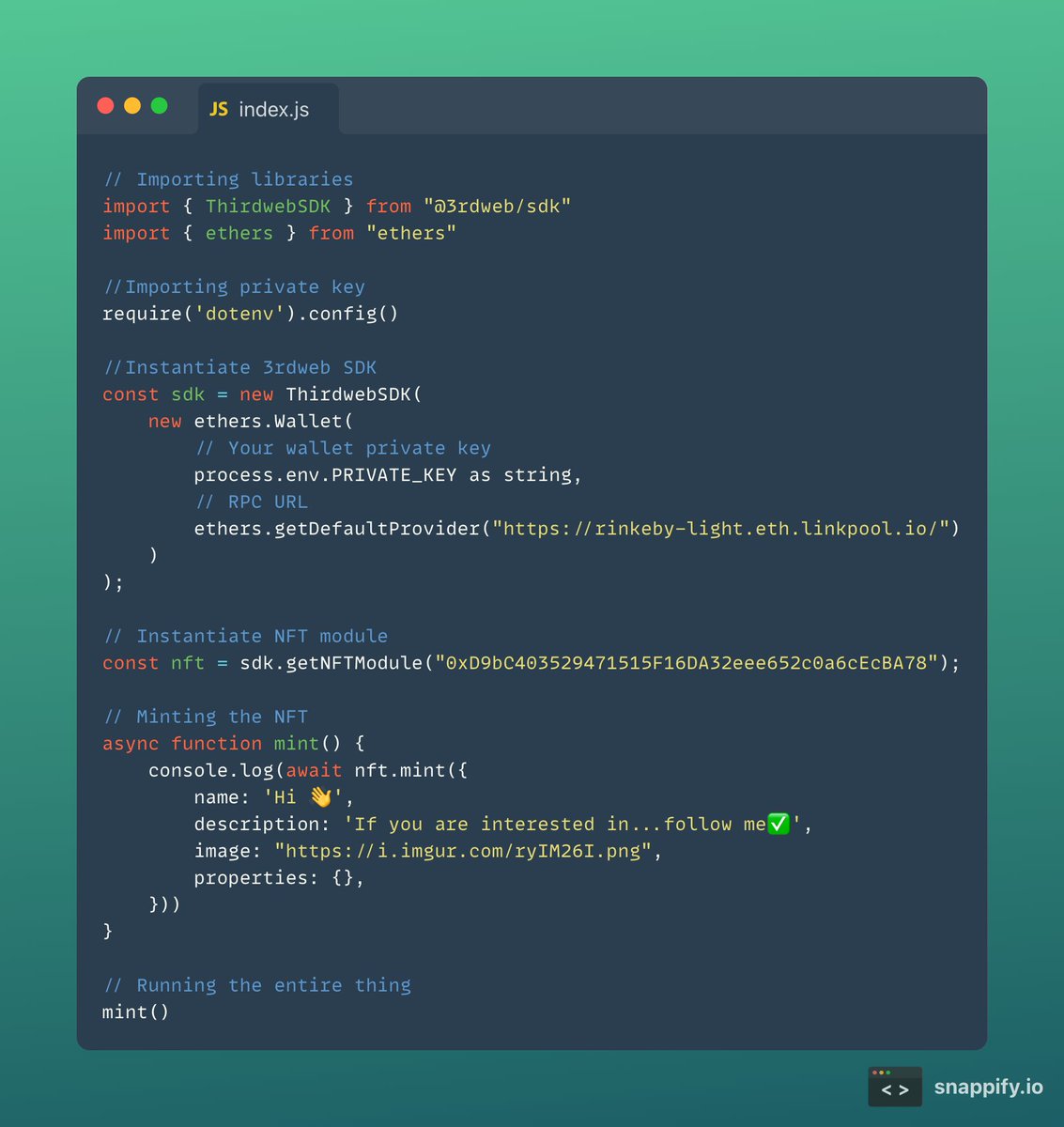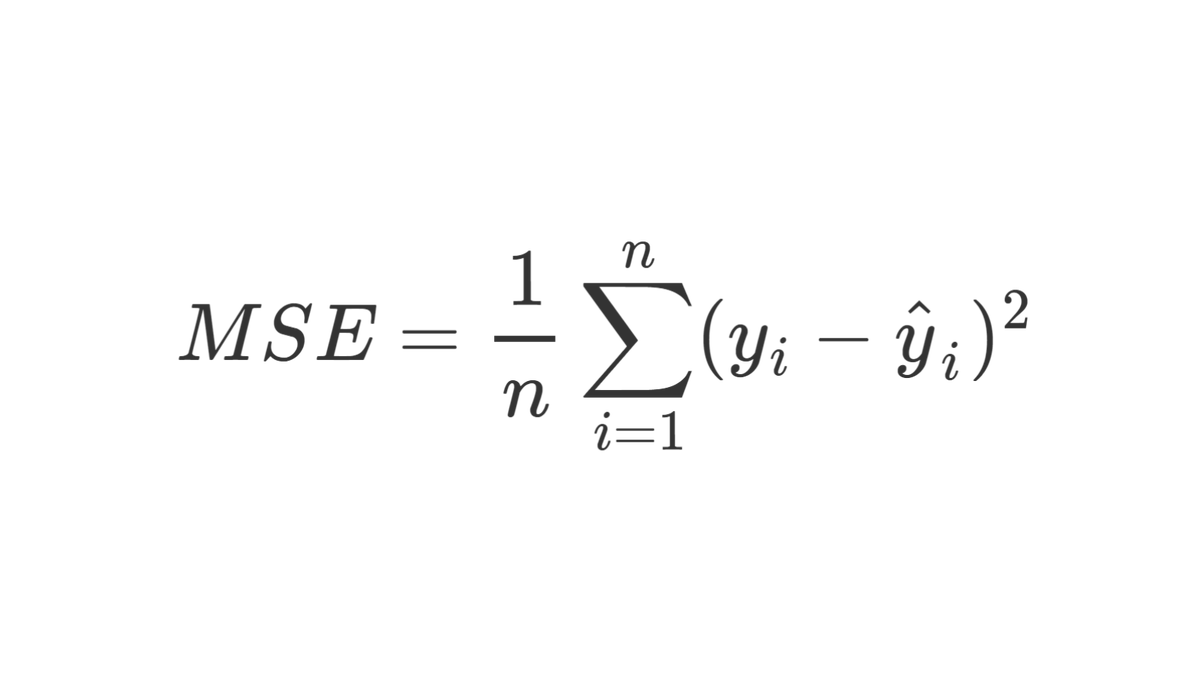
Spending too much time in front of the computer since 2004. I invest in companies and build things.
30 subscribers
How to get URL link on X (Twitter) App


 @EclipseFND In 2010 Bitcoin became the first public blockchain that allowed for the transfer of digital currency.
@EclipseFND In 2010 Bitcoin became the first public blockchain that allowed for the transfer of digital currency.

 A new disease 'X' has been identified in a region, fatal enough to kill a patient if not treated.
A new disease 'X' has been identified in a region, fatal enough to kill a patient if not treated.

 Typically minting an NFT would require you to write code in this language called 'solidity' to create a smart contract which would then mint the nft.
Typically minting an NFT would require you to write code in this language called 'solidity' to create a smart contract which would then mint the nft.
 We'll be using thirdweb's JavaScript sdk to make this happen.
We'll be using thirdweb's JavaScript sdk to make this happen.



 Typically minting an NFT would require you to write code in this language called 'solidity' to create a smart contract which would then mint the nft.
Typically minting an NFT would require you to write code in this language called 'solidity' to create a smart contract which would then mint the nft.


 📍 The mean squared error (MSE) is a common loss function used for 'regression' problems.
📍 The mean squared error (MSE) is a common loss function used for 'regression' problems. 
 Before we get into this problem it is important to understand what accuracy is.
Before we get into this problem it is important to understand what accuracy is.

 This weirdly shaped 'E' is the capital greek alphabet called 'Sigma' and it stands for summation.
This weirdly shaped 'E' is the capital greek alphabet called 'Sigma' and it stands for summation.
 Before we understand how logarithms work, it is important to know how 'exponents' work.
Before we understand how logarithms work, it is important to know how 'exponents' work.